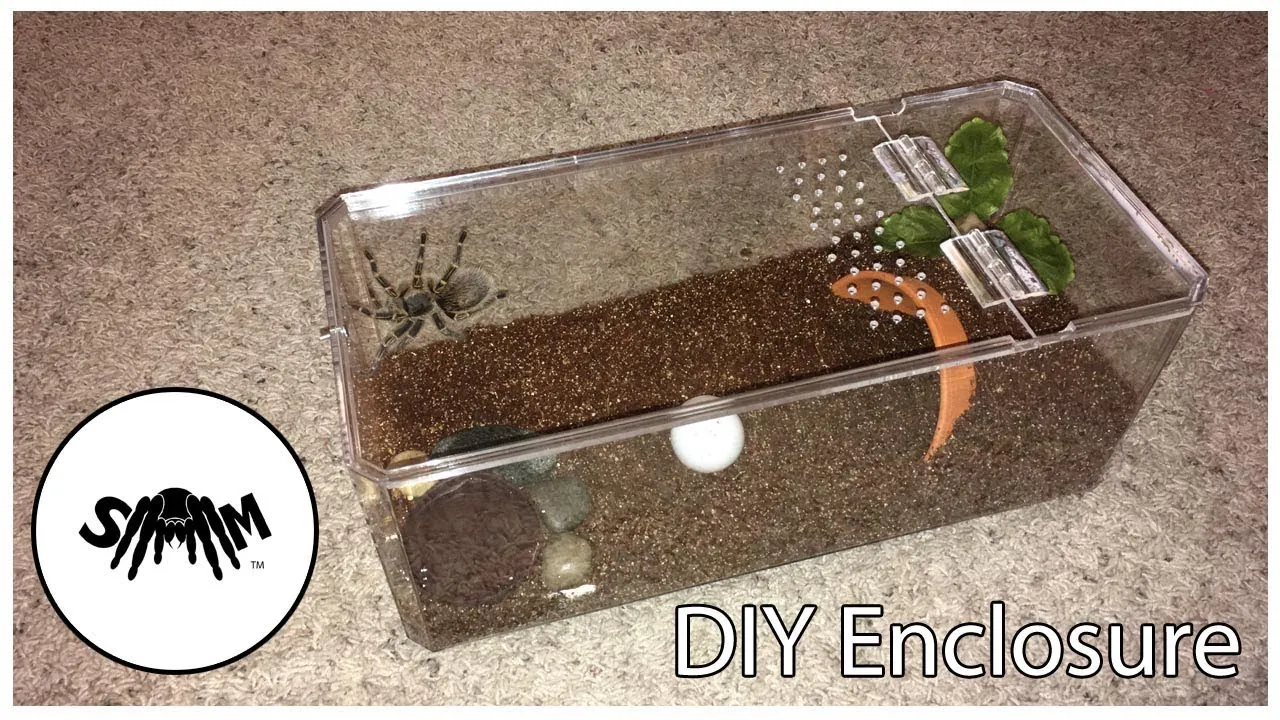Choosing the Right Tarantula Enclosure
Creating a comfortable and secure habitat is crucial for the well-being of your tarantula. The type of enclosure you choose significantly impacts its health, happiness, and how easily you can maintain it. Before you even think about your tarantula’s new home, it is necessary to gather the knowledge and supplies necessary. Proper planning ensures that you build a long-lasting, comfortable, and appropriate environment. This will contribute to the long-term health and happiness of your eight-legged friend. Taking the time to select the right enclosure will prevent issues down the line and also make the task of caring for your tarantula easier.
Enclosure Size and Tarantula Species
The size of your tarantula enclosure is directly related to the size and type of tarantula you plan to house. A juvenile tarantula doesn’t need a large space. A small, appropriately sized enclosure can help them feel secure and make it easier to find their food. As your tarantula grows, so should its enclosure. An enclosure that is too small can cause stress, limit movement, and hinder growth. Conversely, an enclosure that is too large can make it difficult for a juvenile tarantula to find food and feel safe. Consider the adult size of your tarantula species when selecting the enclosure. Terrestrial species often do well in enclosures that are wider than they are tall, while arboreal species require more vertical space for climbing. Always research the specific needs of your tarantula species before setting up its habitat.
Glass vs. Acrylic Enclosures
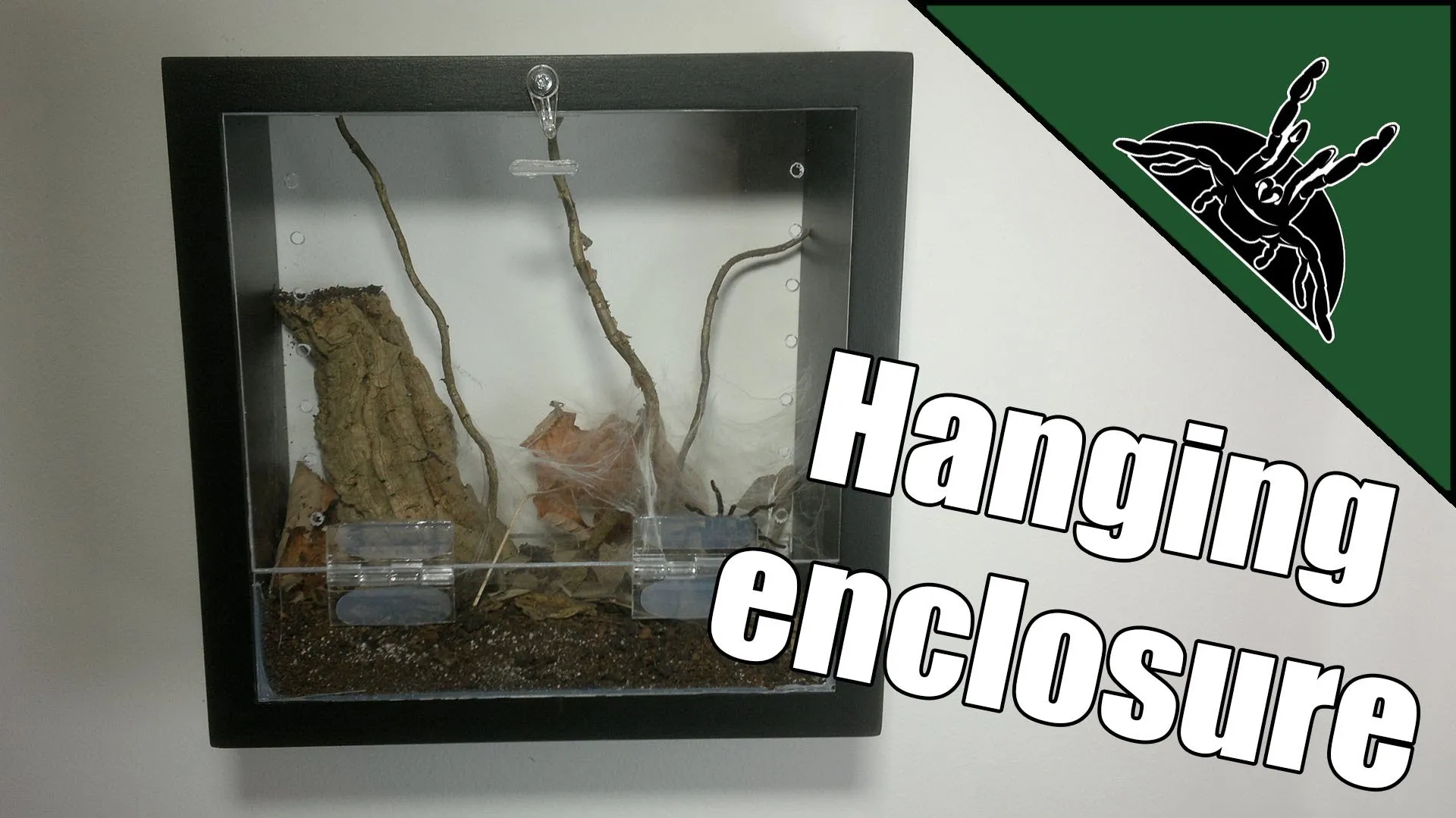
The two most popular materials for tarantula enclosures are glass and acrylic. Both have their advantages and disadvantages. Glass enclosures are durable, easy to clean, and scratch-resistant. They also provide excellent visibility. However, glass can be heavier and may not retain heat as effectively as acrylic. Acrylic enclosures are lightweight, offer great insulation, and are less likely to shatter if dropped. Acrylic is also clearer than glass. However, they can scratch more easily and may warp over time if exposed to high heat. The choice between glass and acrylic depends on your personal preference and priorities. Consider ease of maintenance, durability, and your budget when making your decision. Both are suitable as long as you provide proper ventilation and meet other environmental requirements.
Ventilation is Key
Proper ventilation is paramount for the health of your tarantula. Poor ventilation can lead to the buildup of harmful humidity, which can cause mold, bacterial growth, and respiratory issues for your tarantula. Proper ventilation prevents the enclosure from becoming stagnant, providing fresh airflow that mimics the tarantula’s natural environment. Ventilation also helps to regulate humidity levels. Without enough airflow, humidity can rise, which can be detrimental to the tarantula’s health, leading to potential molting problems. When planning your enclosure, consider the ventilation needs of your specific tarantula species. Some species thrive in drier environments and require more ventilation than others. Ensure that the enclosure has cross-ventilation, meaning airflow can pass through the enclosure rather than just entering and exiting from the same point.
Proper Ventilation Methods
There are several ways to incorporate ventilation into your tarantula enclosure. Mesh tops or lids with ventilation holes are common, allowing air to circulate while keeping your tarantula secure. Side vents, often found on commercial enclosures, also provide good airflow. It’s essential to find a balance between providing adequate ventilation and maintaining humidity levels. The size and number of ventilation holes or mesh areas will depend on your tarantula species and the overall humidity of your environment. Avoid covering ventilation holes entirely, as this will restrict airflow. Regularly inspect the ventilation areas to ensure they are free from obstructions like substrate or debris. This guarantees that your tarantula gets sufficient airflow to stay healthy.
Substrate Selection for Your Tarantula
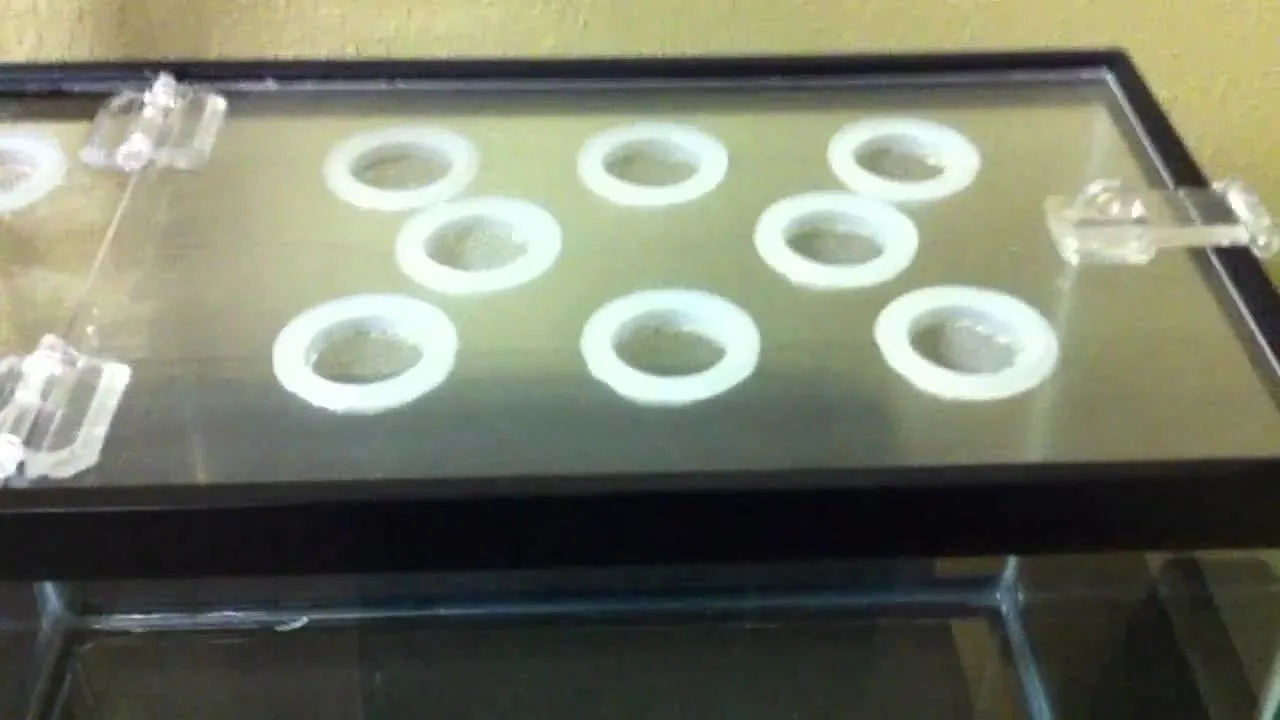
The substrate serves as the flooring of your tarantula’s enclosure, offering more than just a base for your pet to walk on. It plays a critical role in maintaining humidity, providing a place for burrowing (for terrestrial species), and creating a naturalistic environment. The choice of substrate impacts the health and well-being of your tarantula. You should select a substrate that is non-toxic, holds moisture well, and allows for burrowing if your tarantula species exhibits this behavior. In addition to the practical aspects, substrate also contributes to the overall aesthetic of your tarantula’s home. A well-chosen substrate can enhance the enclosure’s appearance, making it a more attractive habitat for your tarantula and a more interesting display for you.
Types of Substrate and Their Benefits
There are several substrate options available, each with its pros and cons. Coco fiber is a popular choice. It retains moisture, is readily available, and is relatively inexpensive. Peat moss is another option, offering good moisture retention and a natural look. However, it can be dusty. Sphagnum moss, often used in combination with other substrates, is excellent for maintaining humidity in small areas. Vermiculite is a good option if you need higher humidity. The best substrate will depend on your specific tarantula species and its environmental needs. Always research your tarantula’s requirements before making a decision. Consider the ease of cleaning, moisture retention, and the potential for mold growth when choosing your substrate. It’s often beneficial to mix different substrates to achieve the perfect balance of humidity and drainage.
Creating a Naturalistic Habitat
A naturalistic habitat provides enrichment and reduces stress for your tarantula. It stimulates the tarantula’s natural behaviors, improving its overall well-being. Mimicking the tarantula’s natural environment can be achieved by incorporating various elements into the enclosure. This not only provides visual interest but also gives your tarantula a more stimulating and enriching environment. This also ensures that your pet’s instincts are satisfied. A naturalistic habitat encourages exploration, foraging, and other behaviors that are essential for the tarantula’s health. The more closely you replicate your tarantula’s natural habitat, the healthier and happier your pet will be. This approach enhances the experience for both the tarantula and the owner.
Adding Hides and Decor
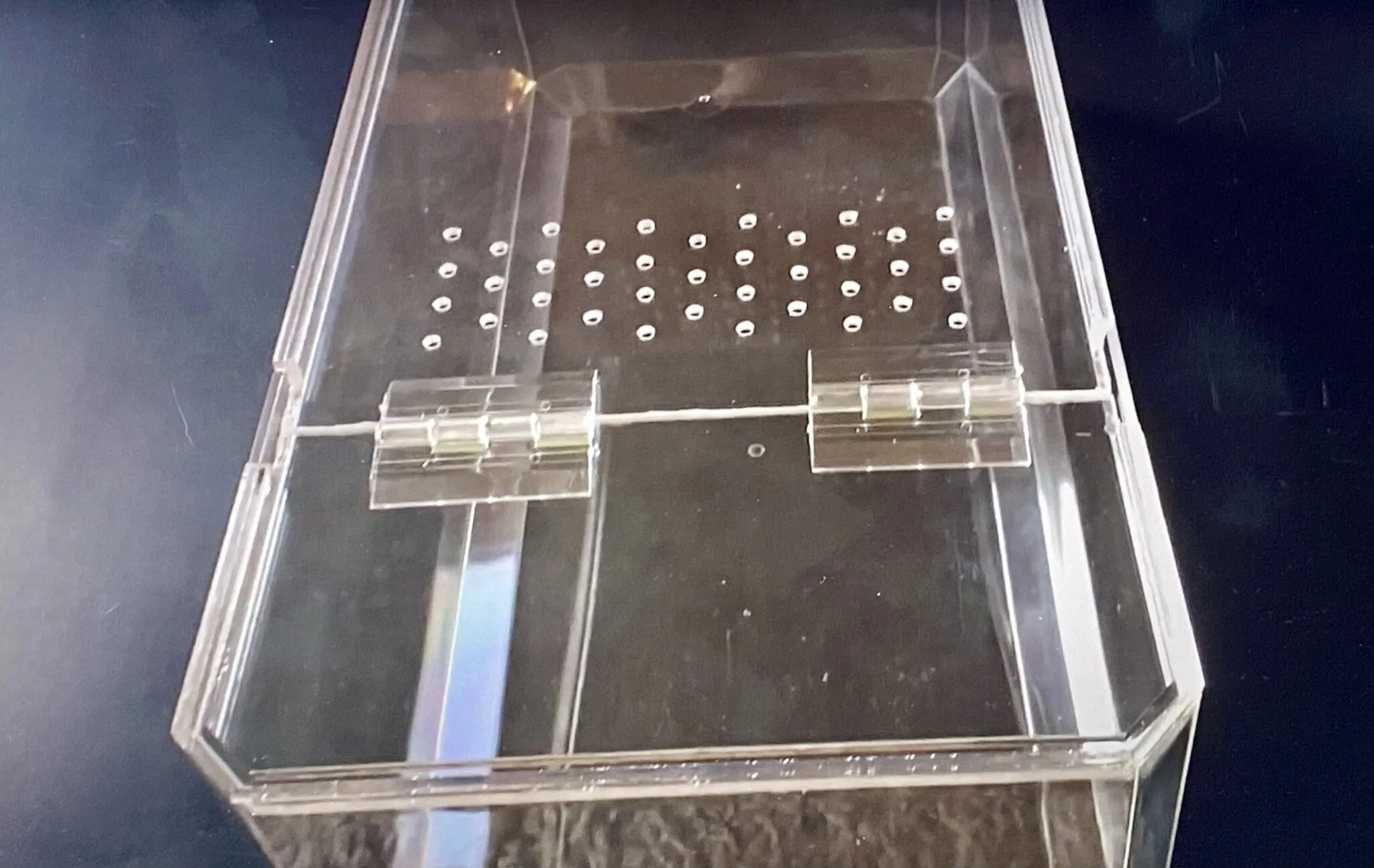
Tarantulas are naturally reclusive animals. Providing hiding places is essential for their security and comfort. Cork bark, artificial hides, and even appropriately sized plastic containers can serve as excellent hiding spots. Place the hides strategically in the enclosure to give your tarantula a place to retreat from view. In addition to hiding spots, adding other decorations can enhance the habitat. Artificial plants and branches can provide climbing opportunities and add visual interest. Ensure all decorations are non-toxic and pose no risk of injury to your tarantula. Avoid using sharp objects or anything that could potentially trap or harm your pet. By thoughtfully including these elements, you’re creating a habitat that not only looks good but also provides a stimulating and comfortable environment.
Providing Water and Humidity
Maintaining the correct humidity level and providing a water source are crucial for your tarantula’s health. Water is essential for hydration and assisting with molting. Humidity helps to keep the tarantula’s exoskeleton flexible, facilitating the molting process. Without adequate humidity, your tarantula may experience molting issues, such as difficulty shedding its skin. The right humidity level will vary depending on the species. Tropical tarantulas require higher humidity than those from arid environments. Regular monitoring and adjustment of humidity levels are vital for the health and longevity of your pet. A properly hydrated tarantula is more likely to thrive, making it a critical aspect of tarantula care. Consider the natural environment of your tarantula, and replicate it accordingly.
Maintaining Humidity Levels
There are several ways to maintain appropriate humidity levels. A shallow water dish is a must-have. Make sure it’s always filled with fresh water. The size should be appropriate for your tarantula, preventing it from drowning. Mist the enclosure with a spray bottle, especially during molting, to increase humidity temporarily. The frequency of misting depends on the species and environmental conditions. Use a hygrometer to monitor humidity levels. This will help you make necessary adjustments to your care routine. In addition to misting, the substrate contributes to humidity levels. Using a substrate that retains moisture will help maintain the proper humidity range. Always observe your tarantula’s behavior. If it seems lethargic or is having trouble molting, it may be a sign that the humidity levels need to be adjusted. Regular monitoring and careful adjustments are essential for maintaining optimal humidity.
Temperature Regulation for Tarantulas
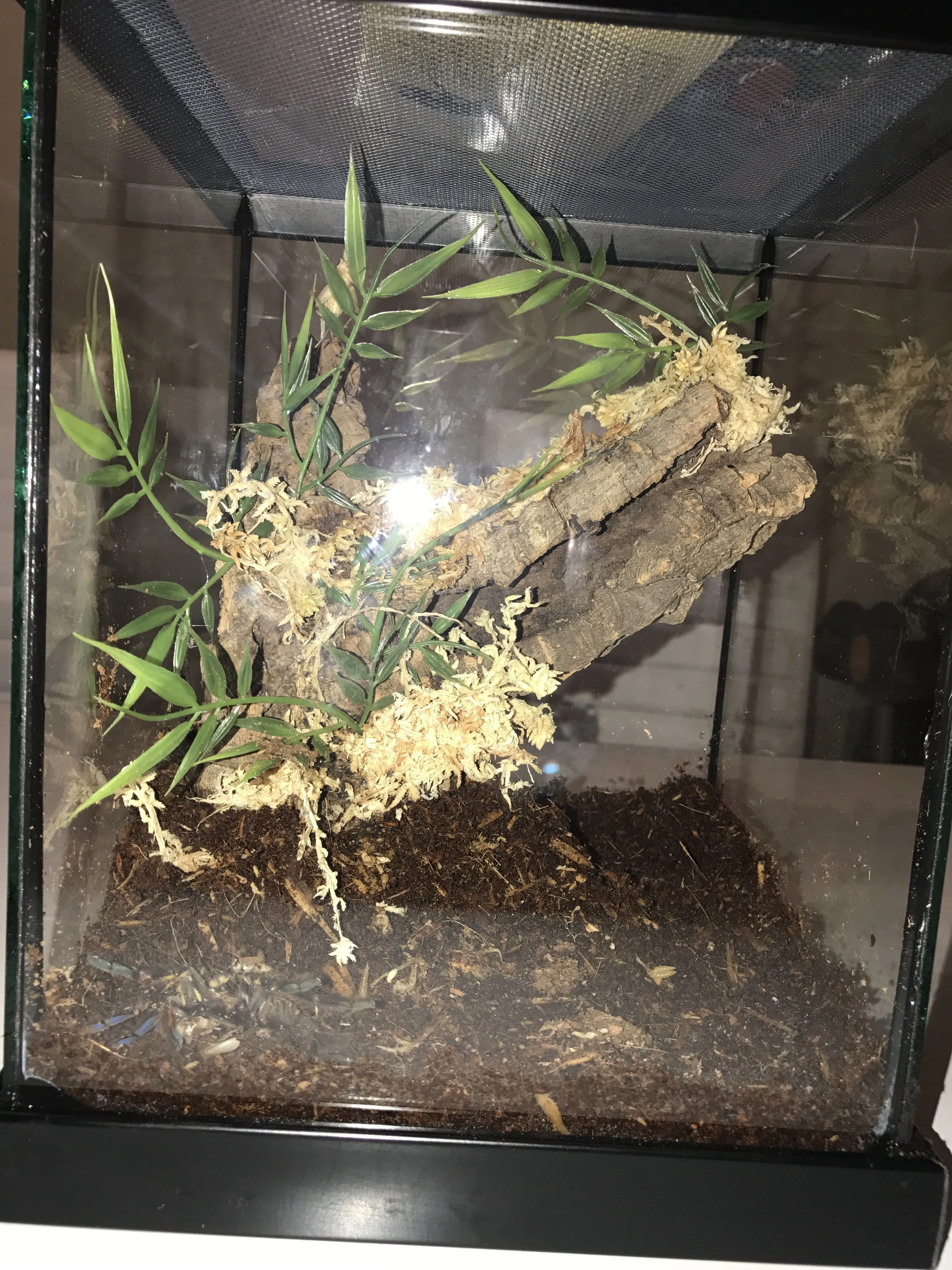
Tarantulas are ectothermic animals, meaning they rely on their environment to regulate their body temperature. Maintaining the correct temperature range is crucial for their health, metabolism, and overall well-being. The ideal temperature range varies depending on the species. Generally, tropical tarantulas prefer warmer temperatures. It’s important to research your species’ specific temperature needs before setting up the enclosure. Too much heat or cold can lead to stress, inactivity, and even death. Monitoring and regulating the temperature are essential aspects of tarantula care. The correct temperature ensures that your tarantula’s bodily functions operate efficiently, contributing to its longevity and happiness. By understanding and accommodating the thermal needs of your tarantula, you’re ensuring that it can thrive in its environment.
Heating Options and Safety
Heating options for tarantula enclosures include heat mats, ceramic heat emitters, and incandescent bulbs. Heat mats are often placed on the side or back of the enclosure to provide gentle, consistent heat. Ceramic heat emitters are good for providing ambient heat without light. Incandescent bulbs can also be used, but they should be monitored closely to avoid overheating. When using any heating device, it’s crucial to take safety precautions. Always use a thermostat to regulate the temperature and prevent overheating. Never place heat sources directly inside the enclosure where the tarantula can come into contact with them. Ensure proper ventilation to prevent heat buildup. Regularly monitor the temperature with a thermometer to ensure it remains within the appropriate range. Safety is paramount, so follow all manufacturer’s instructions carefully and regularly inspect your heating equipment for any damage.
Feeding and Cleaning Your Enclosure
Regular feeding and cleaning are essential for the health and well-being of your tarantula and the maintenance of its habitat. Providing your tarantula with a proper diet ensures it gets the nutrients it needs to thrive. Regularly cleaning the enclosure helps to prevent the buildup of waste, mold, and bacteria, creating a healthy environment. The frequency of feeding and cleaning depends on factors such as the tarantula’s age, species, and the size of its enclosure. Establishing a consistent schedule will contribute to a healthy and happy pet. This also makes it easier to monitor the overall health and condition of your tarantula and its habitat. The commitment to regular feeding and cleaning contributes to the overall well-being of your pet, supporting a thriving and engaging environment for your tarantula.
Choosing the Right Food

The best food for your tarantula depends on its size and species. Crickets, mealworms, roaches, and other insects are the most common options. The insects should be appropriately sized to ensure your tarantula can easily capture and consume them. Always source insects from a reputable supplier to ensure they are healthy and free of parasites. Gut-load the insects before feeding them to your tarantula. This means providing the insects with nutritious food, which then passes on valuable nutrients to your tarantula. Remove uneaten food within 24 hours to prevent the growth of mold and bacteria. The nutritional needs of your tarantula evolve as it grows. Adjust the size and frequency of feedings accordingly. Offer a variety of food items to provide a balanced diet and enrich your tarantula’s feeding experience. Clean, nutritious food is essential for a healthy and thriving tarantula.
Cleaning and Maintenance Routine
Regular cleaning is essential to maintaining a healthy enclosure. Spot clean the enclosure at least once a week by removing any uneaten food, molts, and visible waste. A full substrate change is necessary every few months. The frequency will depend on the enclosure size, substrate type, and the species. Remove the tarantula from the enclosure before cleaning. Replace the substrate completely. Sanitize the enclosure with a reptile-safe cleaner. Always rinse thoroughly to remove any residue. Regularly inspect the enclosure for any signs of mold, mildew, or other issues. Addressing these problems promptly will maintain a healthy environment for your tarantula. The goal is to maintain a clean and hygienic environment. Establish a cleaning routine that works for you and your tarantula. A clean environment will contribute significantly to the overall health and longevity of your pet.
